How to avoid buried utility lines when you dig – experts explain the crucial '2 feet 2 be safe' golden rule
Buried utility lines can damage your property and your health – here's how to find them and dig safely
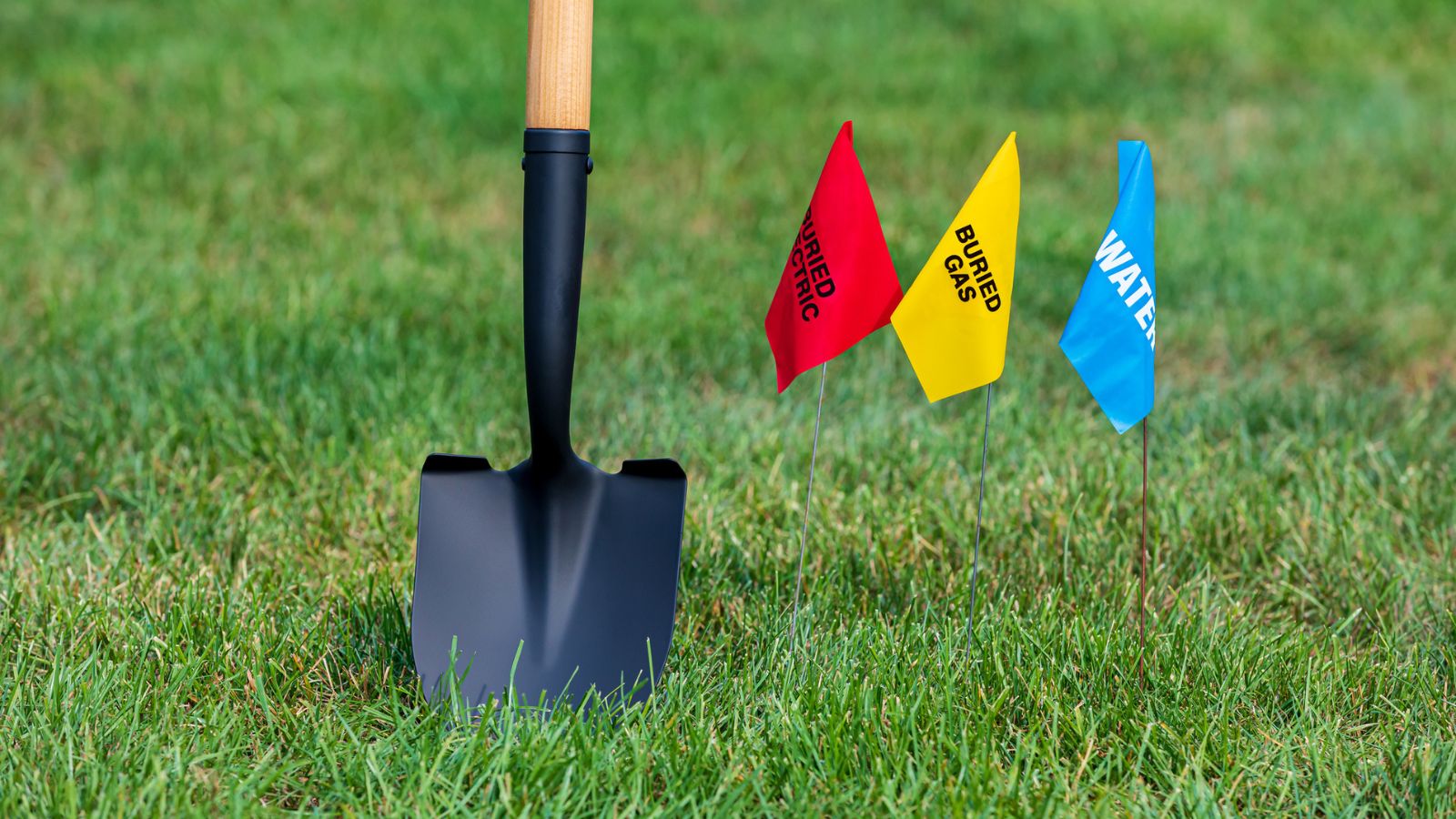

One of my favorite DIY jobs was replacing a fence with my dad during the summer. It was hard work digging several feet for fence post holes, but we slowly built 100 feet of brand-new fence.
However, the enjoyment ended with the very last post of the project. I nearly dug straight through some old pipe that didn't show up in our ancient building plans.
Thankfully, there are ways of finding buried utility pipes before you dig. I spoke to experts about the best ways of locating utility lines, and how wide of a berth you should give them.
What is 811 and how can this help you?
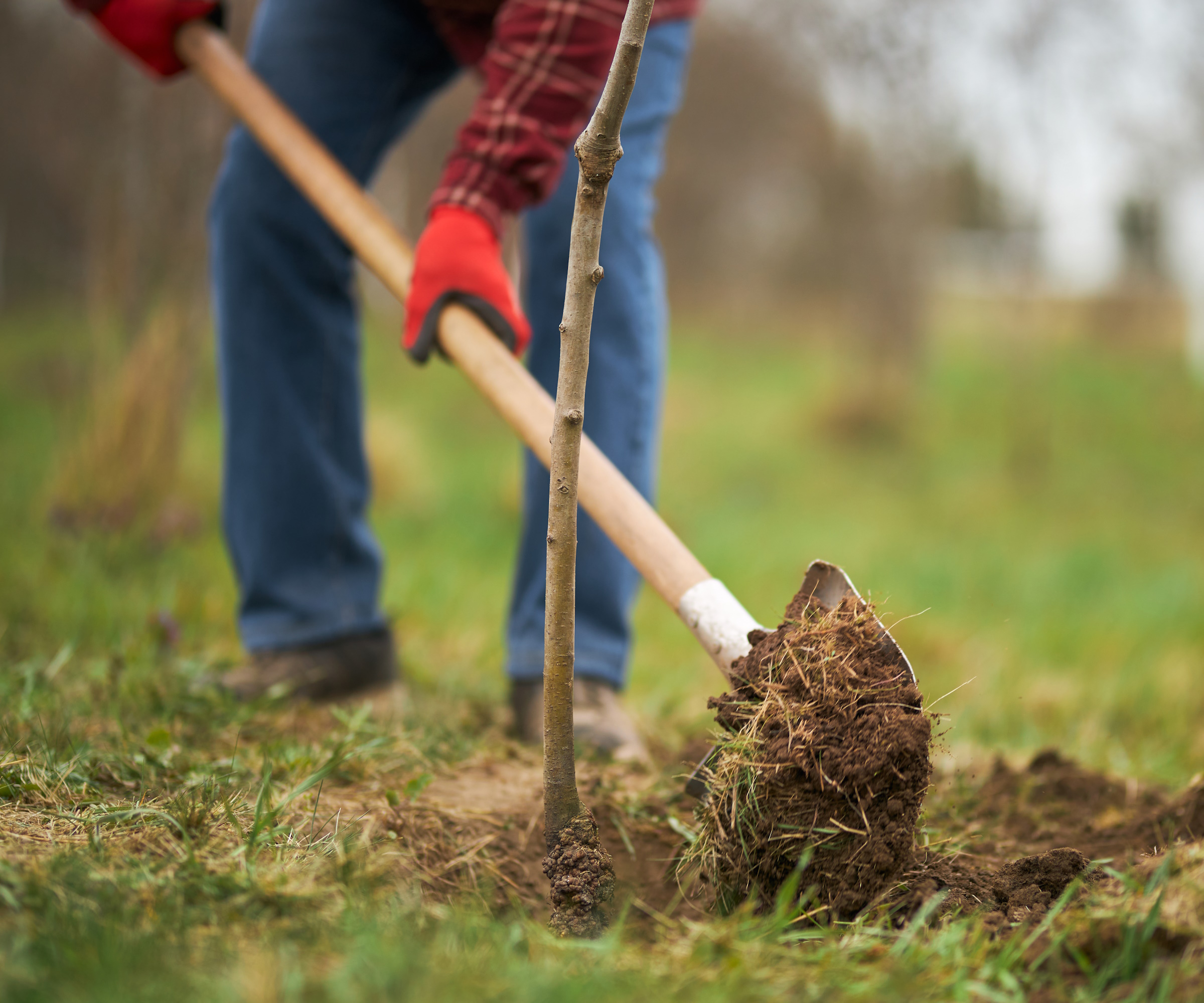
Before you do anything, it's always a good idea to call 811. Landscaper Michael Clarke explains '811 is a public service that works on behalf of utility companies to mark the locations of public utilities. It is a free service that can save you thousands of dollars in damages if you were to encounter a utility line when digging, not to mention the harm it can cause if you were to be electrocuted or exposed to a gas leak.'
811 will flag the locations of any utility lines running under your property. Expert plumber Igor Bystrika says 'The quickest and easiest way to locate all of your buried utility lines is to simply call 811. They’ll come out and clearly mark and color code all the lines for free, including water (blue), sewer and drain (green), electric (red), gas (yellow), and communications (orange).
However, 811 isn't perfect. Michael warns '811 will only mark public utility points of entry to your property and will not trace the utilities through your entire property, therefore it's a good idea to hire a professional company if you're doing any digging further beyond the front of your property or are unsure of how each utility is run within your property.'

Michael Clarke is the founder of Yardwork and Pulled, the online platforms for everything home and garden. He has a degree in landscape architecture and horticulture from the University of California Davis. He was previously the founder of a landscape development and maintenance company, where he provided complete landscape services to homeowners and commercial property owners.
Igor is a Master Plumber and owner of Rx-Plumbing & Drain in the greater Atlanta region. He's trained plumbers in the craft himself and has nearly two decades of experience working in the trade. His company specializes in underground plumbing services
When to call 811
It sounds like overkill, but the pros say you should call 811 before starting any digging project.
Code enforcer Kevin Feak says 'A utility service should be contacted for any digging that is deeper than surface-level gardening. The utility company will come and mark all lines on your property. This provides the homeowner with not only a marking of all utilities, but protection from liability if an unknown buried line is struck.'
How deep is surface-level gardening? Landscaper Scott Seargeant says 'I call 811 anytime I dig more than one foot deep. The service is free, so I recommend using it anytime you are planting trees, removing stumps, installing any new lines underground, building or replacing a fence, or anything associated with digging especially mailboxes near the curb or sidewalk.' Even relatively simple jobs like installing a mailbox can go wrong because you could accidentally hit a utility line and cause damage or injury.
If you're really worried, you can take this rule even further. Michael Clarke uses even less of a tolerance for his digging projects. 'I recommend calling 811 before any project that requires digging or scarifying the ground beyond a four-inch depth,' says Michael. 'Digging into utility lines (even shallow ones) can be dangerous, and you might cause significant damage or injury.'

Kevin is a a licensed Fire Protection Engineer and LEED Accredited Professional in Operations and Maintenance. He holds certifications in Emergency Management, Infrastructure Protection, Fire Protection, Crime Prevention Through Environmental Design, Fire Investigation, Firefighting, and Codes Enforcement. He has experience in the military, federal government, and the private sector. He is a a Special Advisor to the U.S. Secretary of Labor on the Board of Toxic Substances and Worker Health.

Scott Seargeant is an award-winning landscape contractor and International Arborist, specializing in diagnosing tree conditions, providing treatment, recommendations, selecting appropriate trees for planting, and offering guidance on post-planting tree care. His services encompass tree selection, specialized fertilization, pruning, irrigation system improvement, root zone management, and pest and disease control.
How to find utility lines
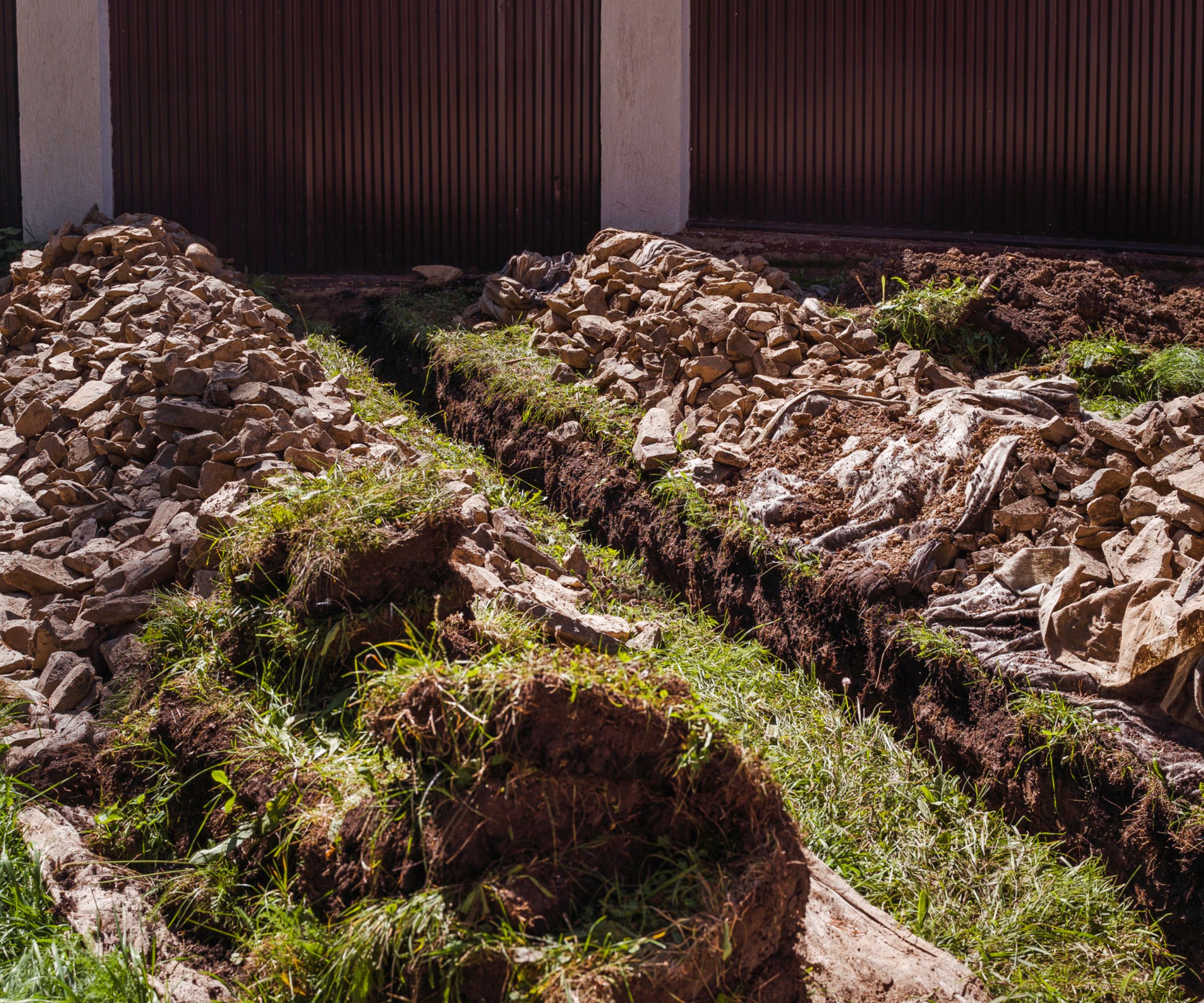
Professionals are always your safest option, but there's no harm in knowing how they do it. Scott Sargeant explains 'You can get a general idea where the utilities come in from the street. Look on the curb, sidewalk, or gutter to find markings like “W” for water, “G” for gas, “E” for electrical, etc. Look on the lid of concrete or plastic utility boxes for identifying words including water, gas, sewer, electrical, cable, etc.'
This will give you an idea of where they enter a property, but they don't follow straight lines. Old plans, unscrupulous contractors, or local conditions mean that utilities aren't always quite where you imagine. However, you can still work out a rough path.
Scott says 'Sometimes the utility line will have a tracer wire or ribbon buried with the conduit. Attach a utility locator device to the tracer wire or ribbon and the line can be traced easily. Metal detectors can find some older types of conduits including copper, black pipe, and galvanized. Most utility conduits in recent history are made of PVC or some type of non-metal material. A water witch is an old school way to find water pipes.'
You can buy utility locators like this on Amazon. However, the professionals stress that you shouldn't do this yourself. Igor Bystrika explains 'While there are tools that make it possible for you to identify where these lines are, like electromagnetic utility locators and ground penetrating radars, they can be expensive, difficult to understand, and have their own limitations across the utility line types. The quickest and easiest way to locate all of your buried utility lines is to simply call 811.'
How deep are water lines?
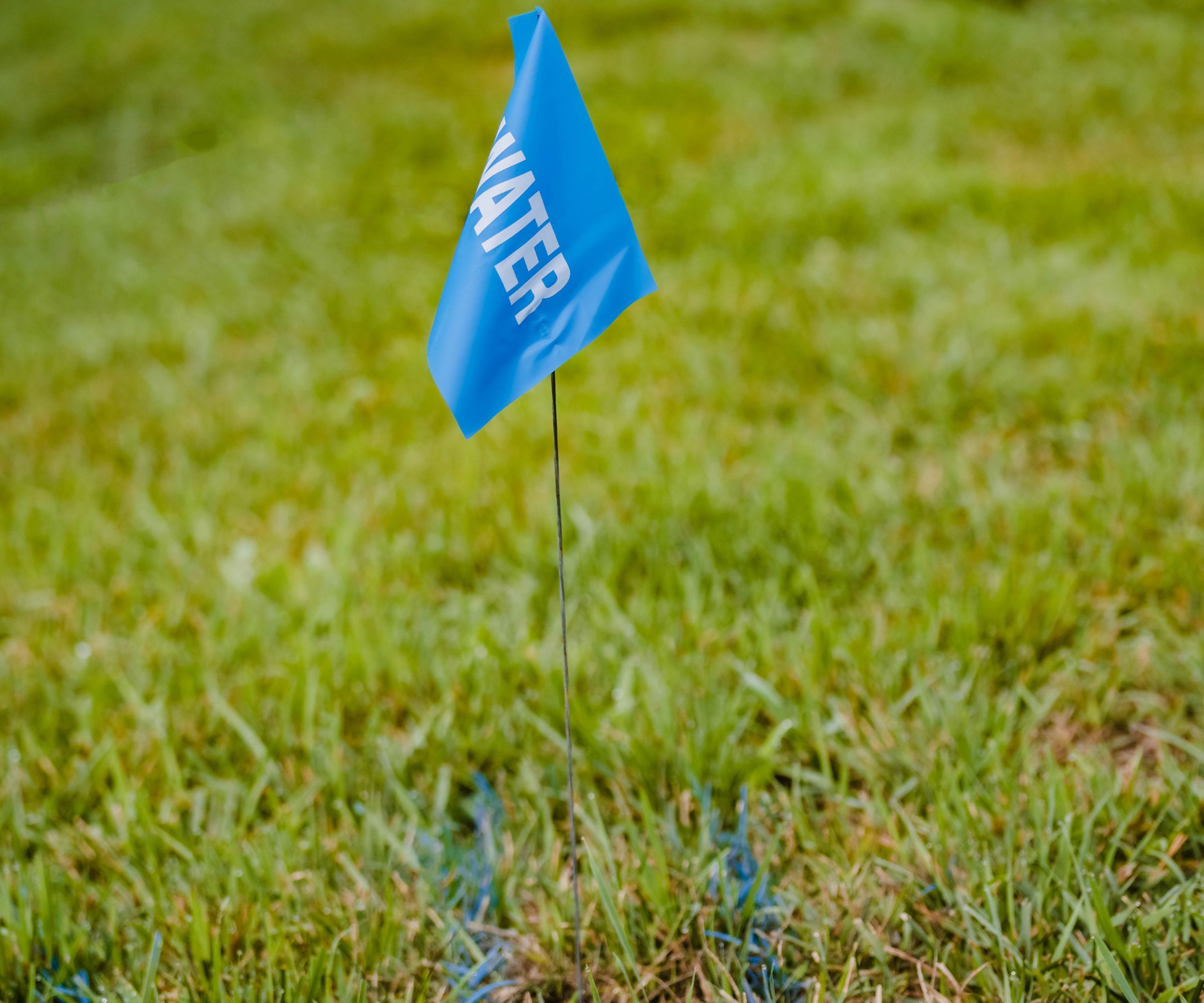
The depth of water lines can change dramatically depending on local conditions. Michael Clarke says 'Water lines are typically buried 12 to 36 inches deep. The depth varies based on your region’s climate and soil conditions. For example, in colder areas, they are usually buried deeper to prevent freezing in winter.'
You can figure out this rough depth by working out your local frost line depth. Igor Bystrika says 'The International Residential Code states that water lines should be buried at least 6 inches below the frost line, unless the installer makes necessary provisions. You can get a decent idea of how deep yours may be buried by looking up the ‘frost line depth’ of your zip code or simply viewing your local building codes.'
But just working out the depth isn't enough, and it's still smart to hire professionals. Some contractors break code without homeowners knowing, so you could have the frost line depth worked out and still hit a pipe.
Igor Bystrika gave me a great example. 'We recently repaired a water line leak in a customer’s front yard that was only buried 3 inches deep by the builders. You should still approach any digging with great caution, because water lines are sometimes installed improperly. '
How deep are gas lines?
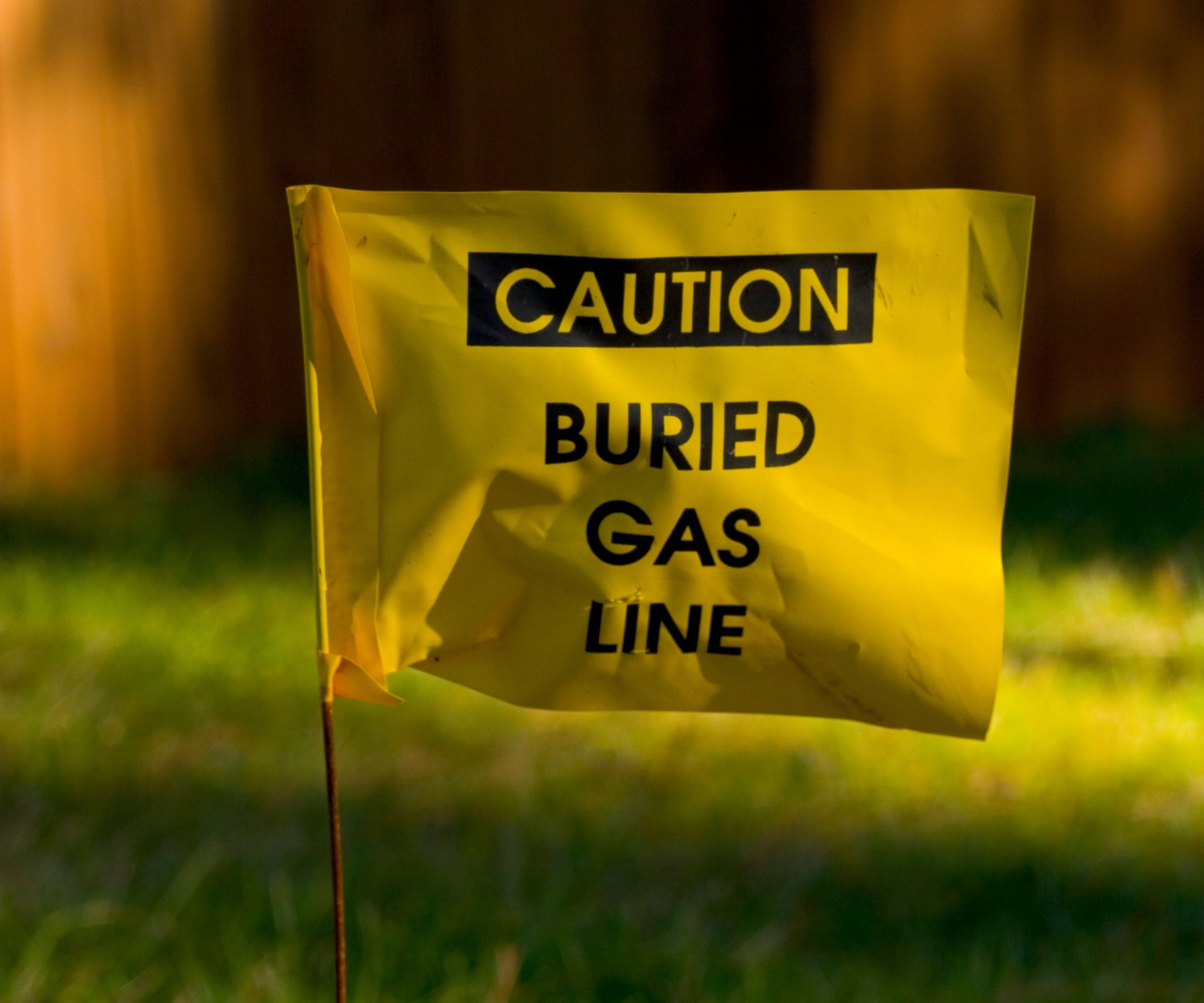
Gas lines work in very similar ways to water lines. Michael Clarke says 'Gas lines are typically buried between 18 and 24 inches. This can vary depending on local codes and the specific installation. These are found using the same tools and techniques as water lines.'
Kevin Feak agrees, and says 'Natural gas lines are buried at varying depths based on local regulations. However, most gas lines will be between 18" and 36". These lines will run from the street to the gas meter on the house.'
How deep are sewer lines?
Sewer lines are trickier to avoid because they're usually built on a slope. KEvin Feak explains that 'Kevin Feak 'Similar to domestic water lines, sewer lines are subject to freeze protection. In colder climates such as Central NY, sewer lines shall not be less than 36" deep. In warmer climates, sewer lines can be closer to the surface. Sewer line locations can be found by looking for a clean-out point or a sewer vent in the yard.'
How deep are electrical lines
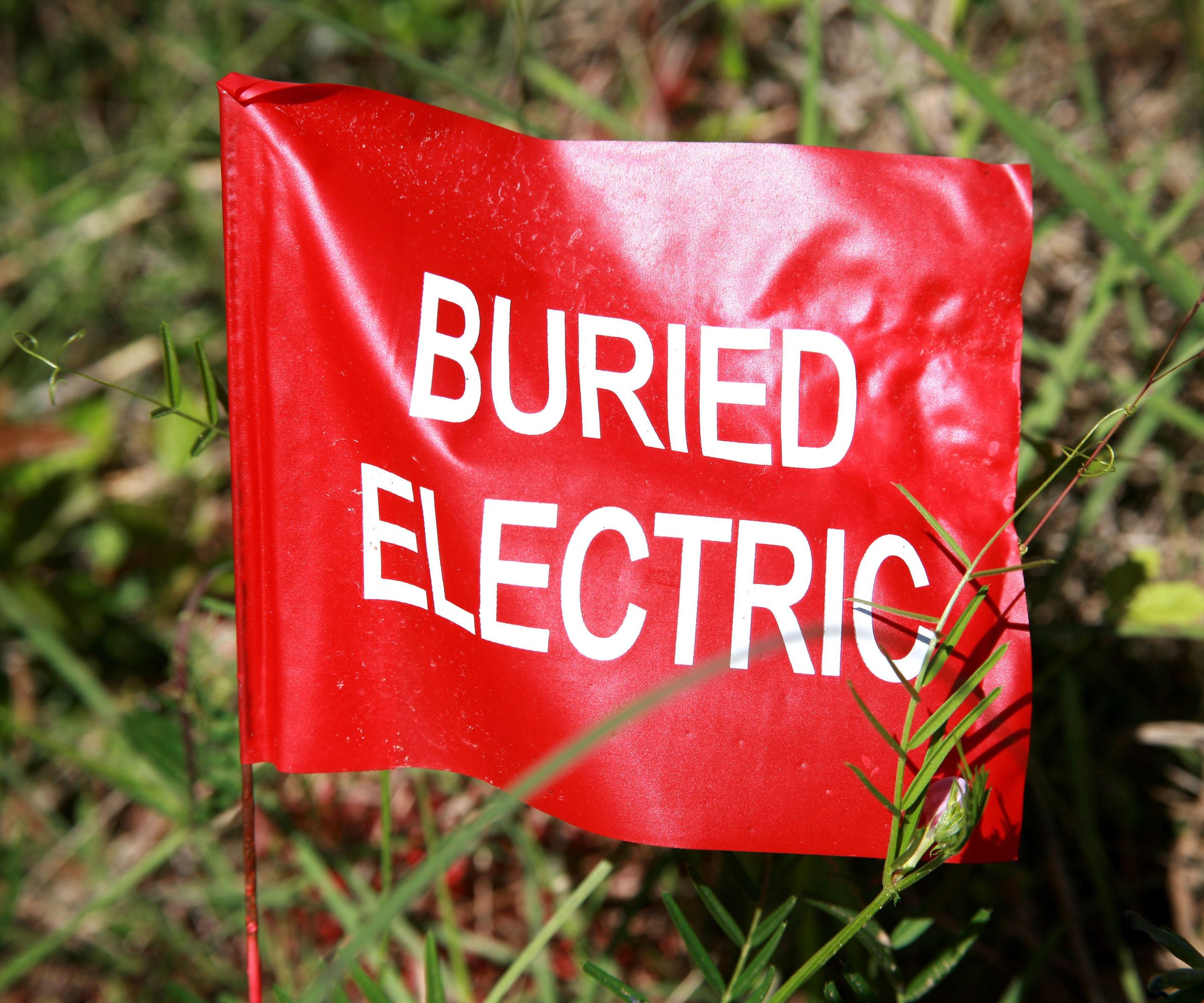
There's even more variation with electrical lines. Igor says a good rule of thumb here is that 'The more dangerous the line, the deeper it lies. For instance, a television cable is often buried only 1 foot deep, while most other electrical conduits are around 2 feet. Even deeper are high voltage lines, which run at least 3 feet below the surface.'
It's relatively easy to spot the start of an electrical line. Kevin Feak says 'Electrical lines will most likely run from the street to the closest side of the home. An electric meter on the home will show where the line enters from the street.'
Line colors explained
811 will come and mark utilities with lots of different colors. if you're new to thia sort of DIY you might not know what the colors mean, but Michael gave me a quick guide:
Red: Electrical lines
Yellow: Gas, oil, or other flammable materials
Blue: Water lines
Green: Sewer or drain lines
Orange: Communications lines (telecommunication, fiber optics, etc.)
Purple: Reclaimed water or irrigation lines
White: Proposed excavation (just a marking for areas where you intend to dig)
This will help you work out the depths you can dig and see if your project is feasible.
The golden rule
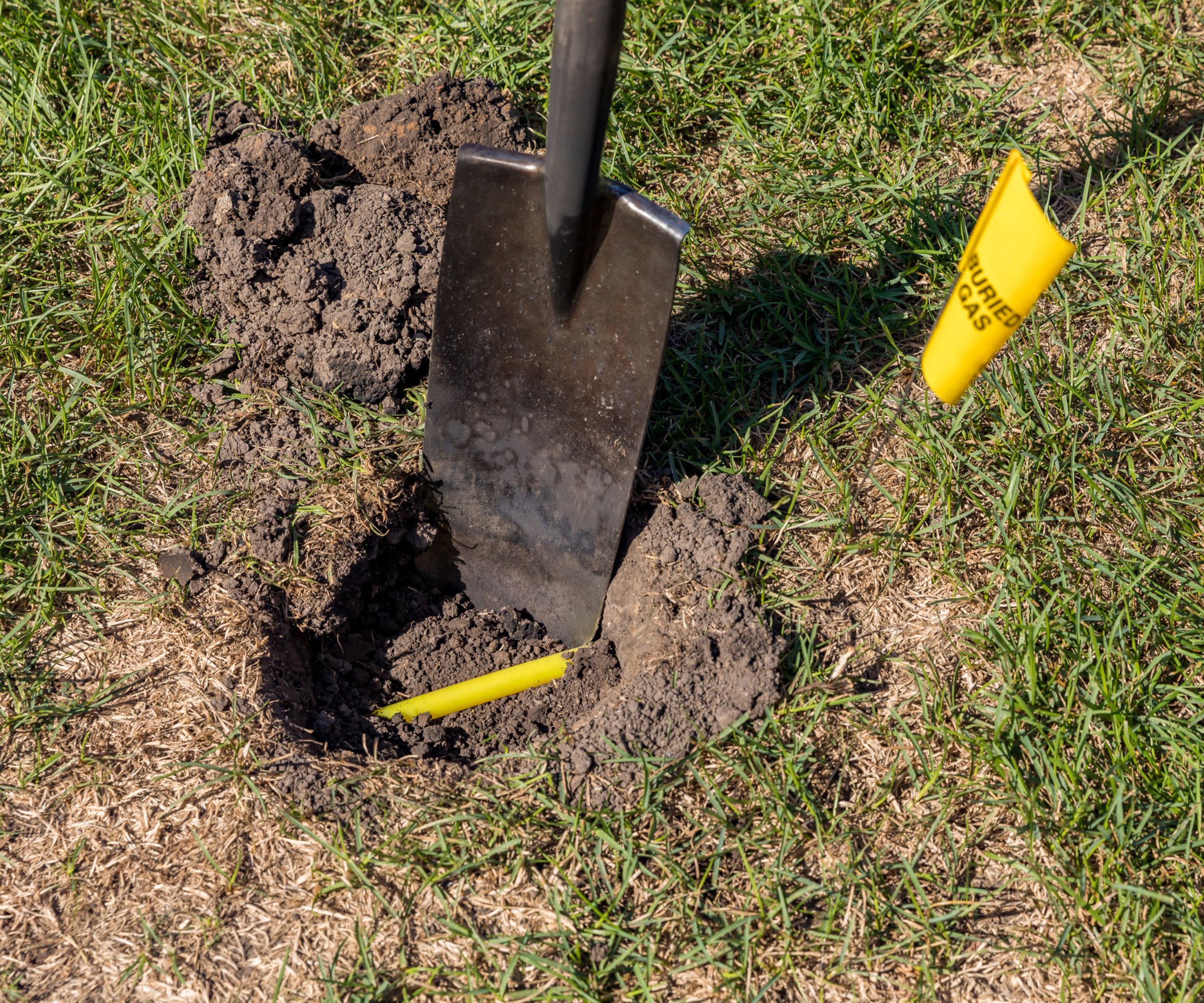
Now you have your lines flagged, you know roughly where they all are before you start to dig. But the experts say whatever you do, don't dig within 2 feet of a utility line.
Igor says 'Once you’ve had your lines marked, you should refrain from digging within 2 feet of the line in either direction. Some people say 18 inches, but it’s always better to be safe than sorry. It's easier to remember with catchy sayings like, '2 feet 2 be safe'.'
Scott Sargeant agrees and says 'Utilities marked by 811 locator service are not exact. Allow 2 feet on each side of a marked utility line. Digging in this 4-foot area should be done with caution and care.
This is because building schematics can be wrong. Igor says 'Don’t trust the reported depth of these lines, either. Avoid the area completely, because we’ve seen firsthand how often installers and builders will ignore depth regulations in order to cut corners or costs.'
When it's finally time to dig, be very careful. Scott says 'Dig parallel to the lines if you know what direction they run. This will minimize damage to the conduit should you come in contact while digging. Never use a machine, pick, or utility shovel to dig when you are uncertain where the utilities are located.'
While utility lines often need professional input, there are a lot of backyard plumbing jobs you can easily fix. It's simple to stop a hose from leaking at the faucet, and even beginner DIY plumbers can solve low water pressure in outdoor faucets.
Sign up to the Homes & Gardens newsletter
Design expertise in your inbox – from inspiring decorating ideas and beautiful celebrity homes to practical gardening advice and shopping round-ups.

As a gardens and lifestyle contributor, Alex makes sure readers find the right information to help them make the best purchase. Alex got his start in reviewing at the iconic Good Housekeeping Institute, testing a wide range of household products and appliances. He then moved to BBC Gardeners’ World Magazine, assessing gardening tools, machinery, and wildlife products.
You must confirm your public display name before commenting
Please logout and then login again, you will then be prompted to enter your display name.
-
 ‘It leads to more headaches than it's worth’ – 4 reasons you should never store things in your oven, including fire risks and serious illness
‘It leads to more headaches than it's worth’ – 4 reasons you should never store things in your oven, including fire risks and serious illnessYour oven is for cooking, and cooking only, experts urge
By Chiana Dickson
-
 Urban gardening ideas – 7 creative ways to grow in small spaces, balconies, containers, indoors, and more
Urban gardening ideas – 7 creative ways to grow in small spaces, balconies, containers, indoors, and moreMake the most of your space with these innovative ways to garden
By Tenielle Jordison